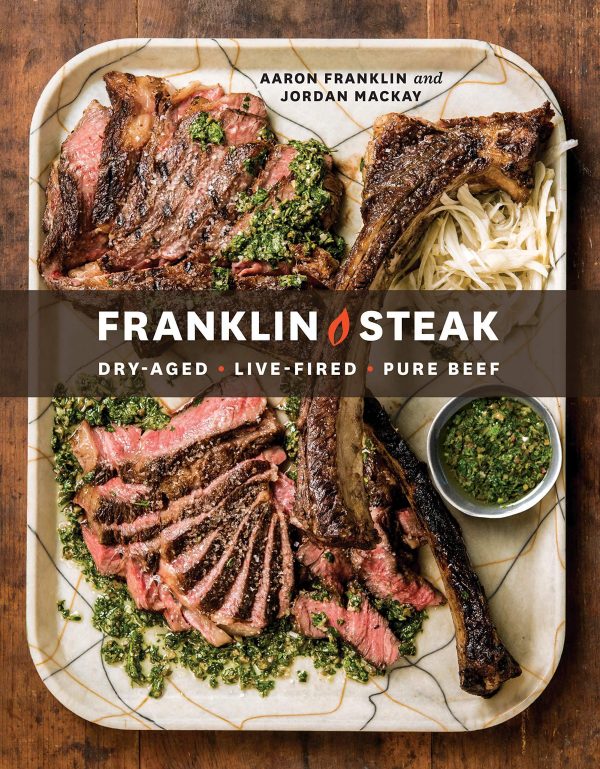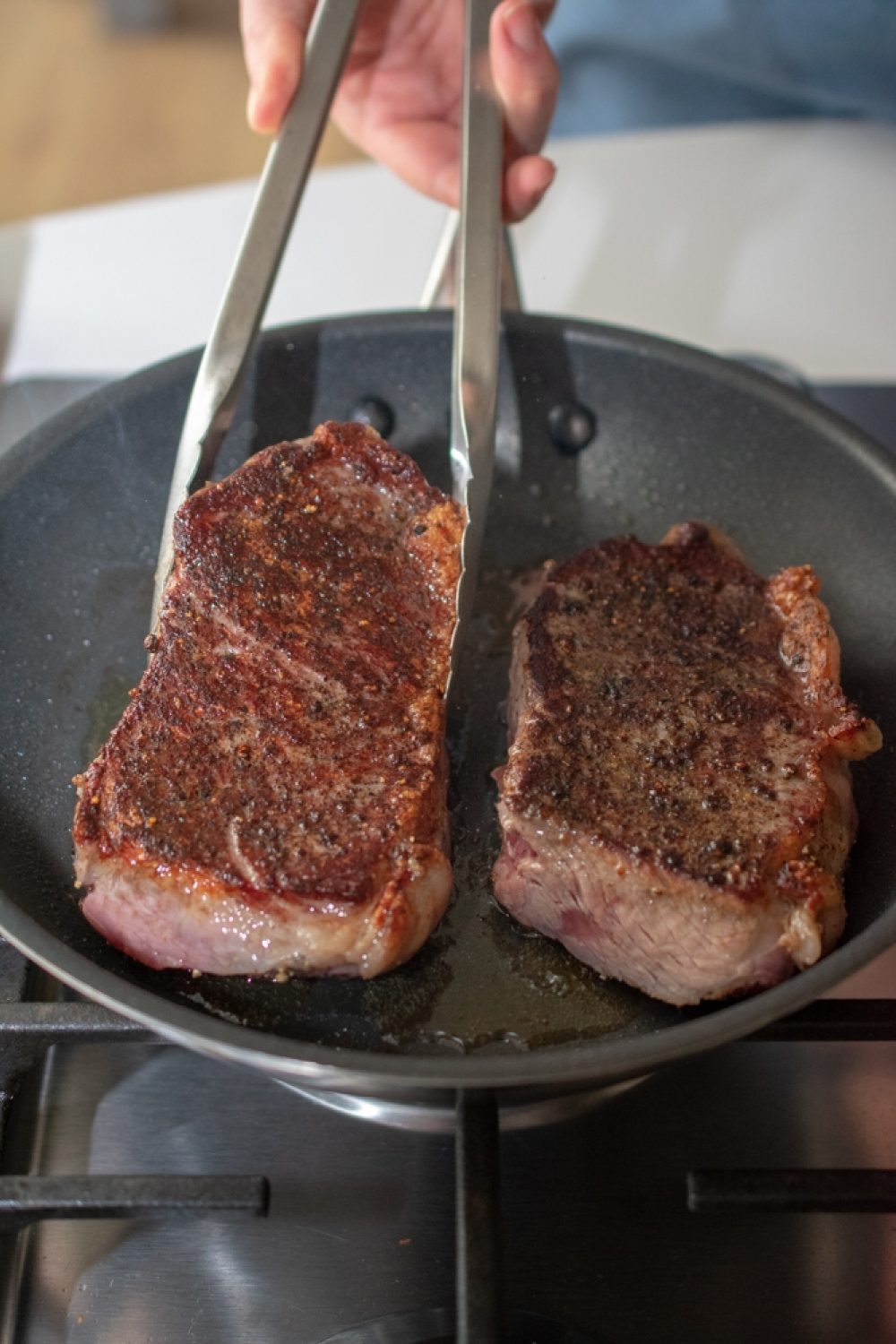If you’re looking for a steak bible, Aaron Franklin’s new book, “Franklin Steak,” is about as close as you’re going to get. The acclaimed pit master behind Austin’s Franklin BBQ, together with writer Jordan Mackay, have written a comprehensive guide to buying and cooking steak that covers everything from myth-busting to techniques like dry aging and even making your own hybrid hibachi at home.
Don’t let that last part scare you. The book is just as practical for the everyday home cook, with handy guides on the best way to select and cook each cut. Buy steak from the butcher when you can, the book advises (there’s a list of Franklin’s favorite butchers across the country in there), but when you’re buying meat from the supermarket, pay attention to this seasoned advice.

Reprinted with permission from Franklin Steak by Aaron Franklin & Jordan Mackay, copyright © 2019. Photographs by Wyatt McSpadden. Published by Ten Speed Press, a division of Penguin Random House, Inc.
The meat case of a good grocery store can be a tempting place or a minefield. A good way to increase your chances of having a decent steak for dinner is choosing the right piece of meat. Unfortunately, the clerks behind the counters are less likely to be able to offer good guidance as they may once have been. Grocery store beef these days is often cut at a central processing facility and delivered to the stores, meaning the counter people just lay it out without needing to know anything about the cuts. Here are a few tips to take out some of the guesswork.
Take your time and really inspect the cuts.
Every piece of steak is different, so it pays to make sure each one is great. You wouldn’t buy an expensive pair of pants without trying them on, would you?
Choose the freshest steaks.
All the meat in the supermarket looks red. This is because special packaging is used that allows the myoglobin in the meat to combine with oxygen to “bloom,” or turn a bright, attractive shade of red. (Incidentally, harder-working muscles like chuck or flank contain more myoglobin and will thus appear redder than rib loin steaks.) However, if you detect brown or gray on the steaks, it means the iron in the myoglobin is oxidizing. That’s not necessarily a sign of spoilage, but rather just a steak that’s been sitting around longer.
Go for thicker steaks.
Even if the outside shows more oxidation, a thicker steak will have a greater proportion of fresh, unexposed meat.
Prepackaged or under glass?
Not always, but usually, grocers put their best meat in the case. The case generally holds a better selection of cuts as well.
Do look for fat.
The whole point of our marbling screed [link to blog post] was that marbling is not the sole of flavor in a steak, but it is a good indication of what will turn juicy and sweet. Exterior fat, while you don't want to pay for too much of it, can help the steak cook more evenly and slowly.
Avoid connective tissue.
Look for steaks that have large, single muscles or muscle groups. When you can see several individual muscles in a piece of beef being offered as a steak, pass up the cut. The connective tissue separating the muscles will toughen during fast cooking, making large parts of the steak inedible.
Avoid the fancy store-created brand names.
This is how stores have learned to sell lower-grade meat. Go for well-marbled, upper Choice for the best quality-to-price-ratio.
For more from Franklin Steak, read, "In Steak, Does Fat Equal Flavor?"
Join the conversation on Facebook, Twitter, Instagram and Pinterest.
Stay up to date on free recipes, new radio episodes, classes, events and more with our newsletter. Sign up here.




